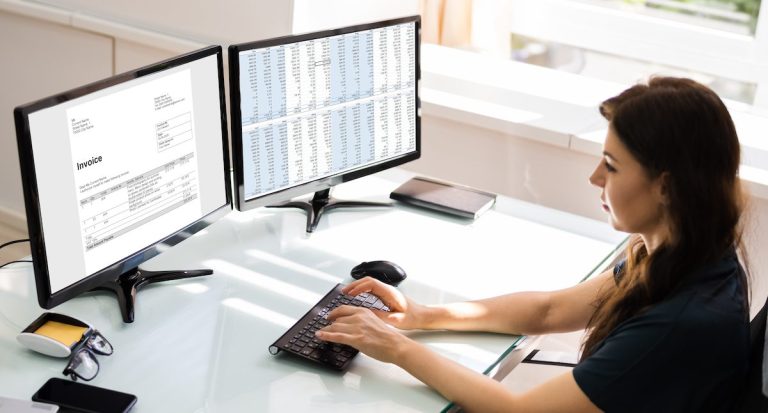The Trickledown Consumerization of B2B Payments Helps Firms Win Business

There are few B2B billing systems that businesses enjoy using.
The amount of paper still being pushed around across the B2B space, even as the ecosystem around it goes increasingly digital, continues causing frictions as businesses look to modernize their operational systems.
Nearly 40% of all B2B payments are still being made using paper checks.
But if the world’s ongoing digitization has just one transformative impact, it’s that it is continually evolving payment methods and the marketplaces those transactions take place across.
After all, Amazon for Business, a relative upstart in the B2B arena, has already leveraged its seamless eCommerce for business user experience to drive nearly $35 billion in annualized gross sales just eight years after launch.
As B2B eCommerce expands and business operations transform digitally — particularly across legacy industries like manufacturing and distribution — a shift in behavioral expectations is driving the welcome digitization of B2B relationships.
Removing legacy bottlenecks along the B2B payments journey is emerging as a key competitive differentiator for both buyers and suppliers.
See also: How Embedded Payments Can Drive Cross-Border B2B Marketplace Success
Optimizing the Transaction Journey With Future-Fit Efficiencies
A growing feedback loop between digitization and end-user expectations is transforming historical buyer and seller dynamics.
But while the pandemic accelerated the adoption of digital tools across industries, institutional inertia has kept the B2B space more manual than consumer-facing environments.
Still, as evidenced by the rapid ascent of Amazon’s B2B marketplace, firms can win market share and find new ways to acquire and retain customers often just by offering them a simple and easy buying experience.
“The big opportunity is for [B2B payments] to be seamless and just work,” Ernest Rolfson, CEO and founder of Finexio, told PYMNTS. “The usability component is critical and largely missing. These are things that take time, and this industry is very slow. It’s a generational change that is only just happening.”
“The experience matters,” Reetika Grewal, head of digital for commercial banking at Wells Fargo, told PYMNTS. “How you’re able to originate a transaction matters, the ease at which you can do it, the speed at which you can do it, that all matters,”
That’s why investing in digital tools and automation solutions to address ongoing B2B challenges and speed up the procure-to-pay cycle, while simultaneously adding flexibility to it, is crucial for providing a winning experience across today’s landscape.
Expectations within the logistics and shipping sector, as well as the B2B landscape more broadly, are becoming increasingly consumerized as firms see granular, real-time insights as a key value-add and competitive differentiator, Will Hansmann, chief technology officer at project44, told PYMNTS.
Digital B2B Solutions Can Help Solve for Missing Simplicity
“The market changes over the past few years have really accelerated the adoption of digitized B2B payments, which in turn has accelerated the innovation in the industry,” Chris Lolli, vice president and general manager of B2B product, partner and client management, at American Express, told PYMNTS.
His colleague, Vice President of U.S. Merchant Marketing Tessa R. Dooley, explained separately that “the shifting consumer expectations are also having an impact in the B2B space.”
Organizational decision-makers are themselves consumers, at least in their home lives, and they are increasingly finding themselves frustrated with the growing disconnect between the payment experience they enjoy as a consumer and the experience that frustrates them as a buyer or supplier.
Digital B2B payments not only make reconciliation easier for both sides of the transaction, but also eliminate the uncertainty of “when will I get paid” inherent to waiting for a physical check in the mail or refreshing an account to see whether one has been cashed yet.
Modernizing B2B payments can result in increased efficiency, cost savings and better relationships with vendors.
After all, there’s no reason for businesses to communicate poorly with their vendors, yet aging payables systems can force these key interactions to be a headache.
PYMNTS research found that 70% of marketplaces expect accounts payable (AP) system transformations to improve their relationship with vendors.
When it comes to alleviating the gaps and pain points that exist across today’s B2B payments landscape, firms that fail to modernize in time may find their partners leaving for greener pastures — and simpler payment journeys.
For all PYMNTS B2B coverage, subscribe to the daily B2B Newsletter.